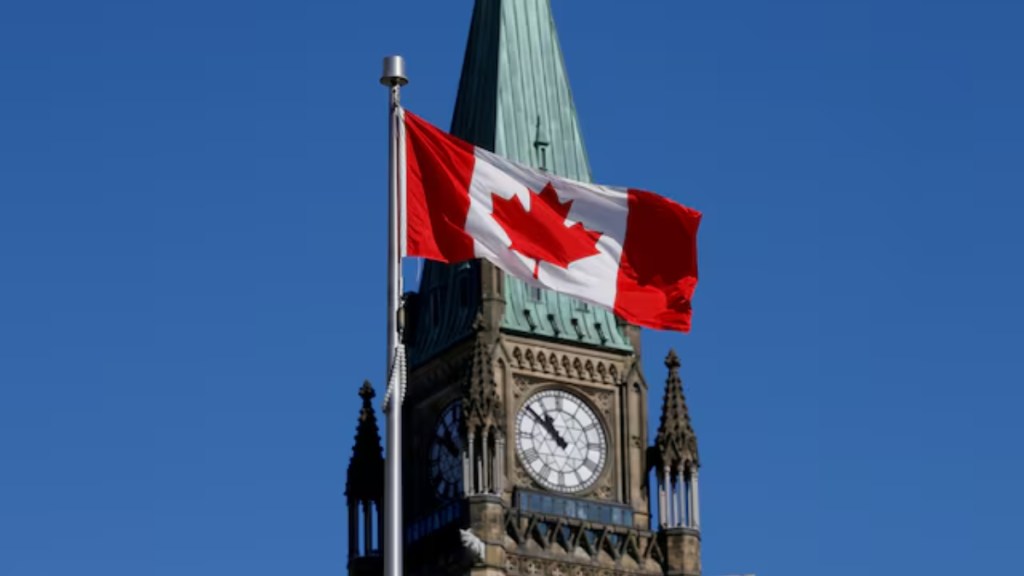The Liberal Party of Canada has announced that the country’s next prime minister will be chosen on March 9, following a leadership vote prompted by Justin Trudeau’s resignation earlier this week. Trudeau will remain in office until his successor is selected, party leaders confirmed late Thursday.
Canada Elections: Who are the frontrunners?
The leadership race has two prominent frontrunners: former central banker Mark Carney and former Finance Minister Chrystia Freeland. Freeland’s abrupt resignation last month, coupled with a scathing critique of the Trudeau government, played a pivotal role in the prime minister’s decision to step down.
“After a robust and secure nationwide process, the Liberal Party will choose a new leader on March 9, ready to fight and win the 2025 election,” said Sachit Mehra, President of the Liberal Party of Canada, in a statement.
Chrystia Freeland, who served as Canada’s lead negotiator during trade talks with the Trump administration, has garnered both admiration and criticism. A staunch supporter of Ukraine in its conflict with Russia, Freeland’s liberal stance and journalistic background have often made her a target of Trump, who recently described her as “totally toxic.”
Meanwhile, Mark Carney, a seasoned economist and former governor of the Bank of Canada and the Bank of England, is also in the spotlight. Carney, credited with helping Canada weather the 2008 financial crisis and managing Brexit in the U.K., has expressed interest in politics but lacks direct political experience. He stated this week that he is considering his candidacy after receiving widespread encouragement.
Political turmoil amid challenges
The leadership change comes at a challenging time for Canada, with domestic and international pressures mounting. U.S. President-elect Donald Trump has referred to Canada as the “51st state” and threatened 25% tariffs on Canadian goods, escalating economic tensions.
Adding to the uncertainty, the new Liberal leader could face one of the shortest terms in Canadian history. Opposition parties have pledged to bring down the Liberal minority government in a no-confidence vote when Parliament resumes on March 24. Polls suggest the Liberals face an uphill battle, trailing the opposition Conservatives by a wide margin of 45% to 23%, according to a recent Nanos poll.
Trudeau’s Downfall
Trudeau announced his resignation on Monday after losing support within his party and among voters. The 53-year-old leader, the son of iconic Prime Minister Pierre Trudeau, faced growing criticism over rising living costs, surging immigration, and a series of political missteps.
Trudeau’s relationship with Freeland, once a trusted ally, deteriorated after he asked her to step down as finance minister but remain deputy prime minister. Freeland instead resigned entirely, issuing a damning letter that exacerbated Trudeau’s challenges. This marked the end of his leadership, as calls for change grew louder.
Leadership Race Rules and Concerns
The Liberal Party’s National Board of Directors outlined the rules for the leadership race on Thursday. Candidates must declare their intention by January 23 and pay a fee of CA$350,000 ($243,000). Eligible voters include Canadian citizens and permanent residents.
The party has faced scrutiny over its membership process, with calls for stricter rules following allegations of foreign interference in local nomination races. In response, the Liberal Party emphasized its commitment to protecting the democratic process while encouraging broad participation. The party in a statement said that ensuring the integrity of the democratic process, while engaging as many people as possible, remains their top priority.
The coming weeks will determine not only the future leader of the Liberal Party but also Canada’s political trajectory amid significant national and global challenges.
(With AP Inputs)

